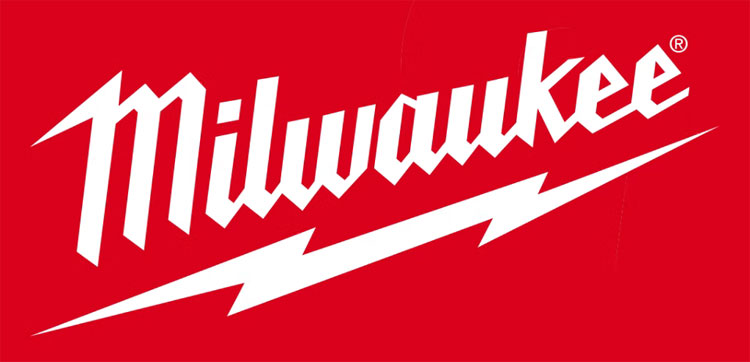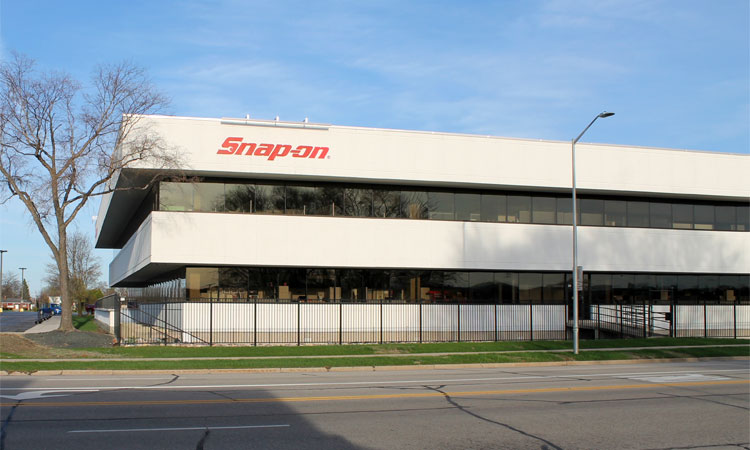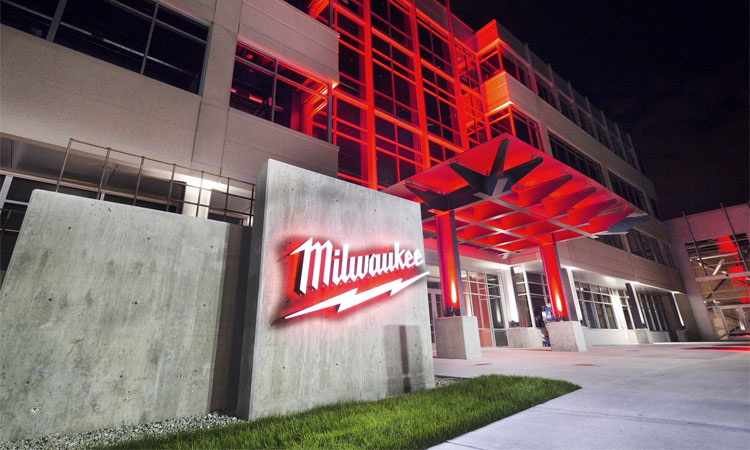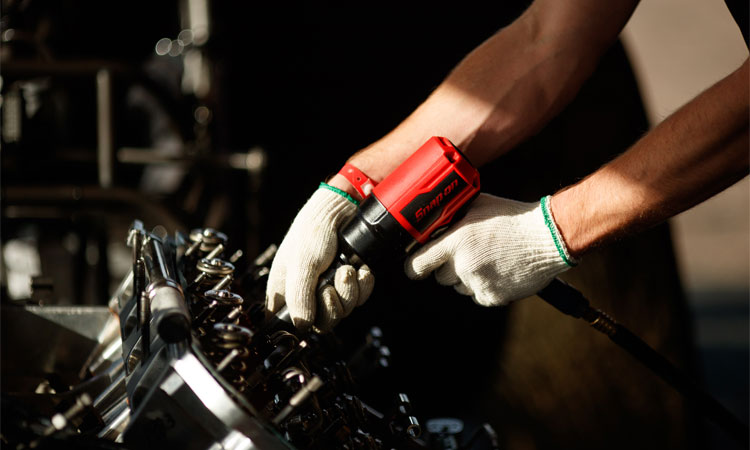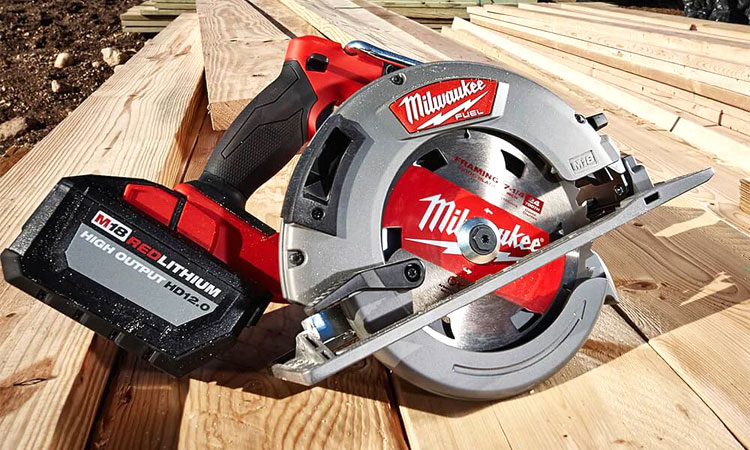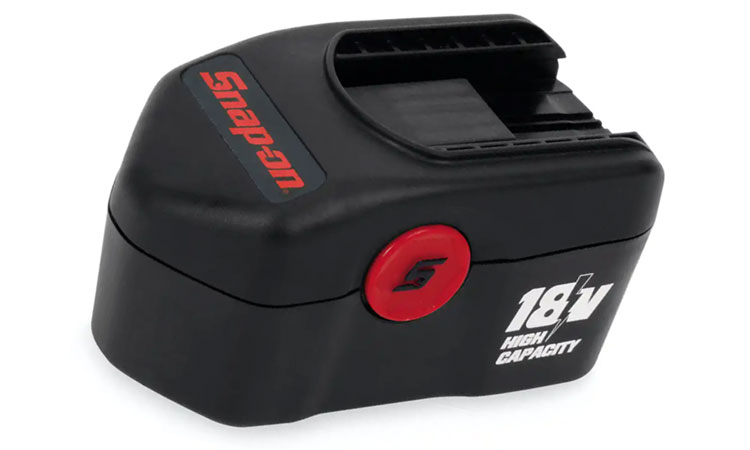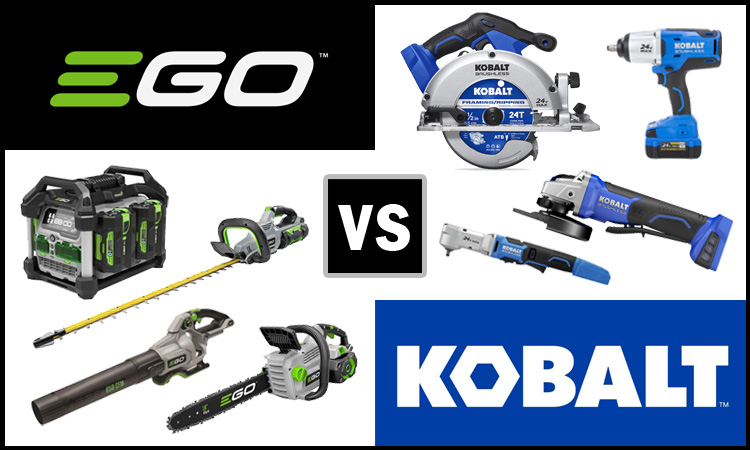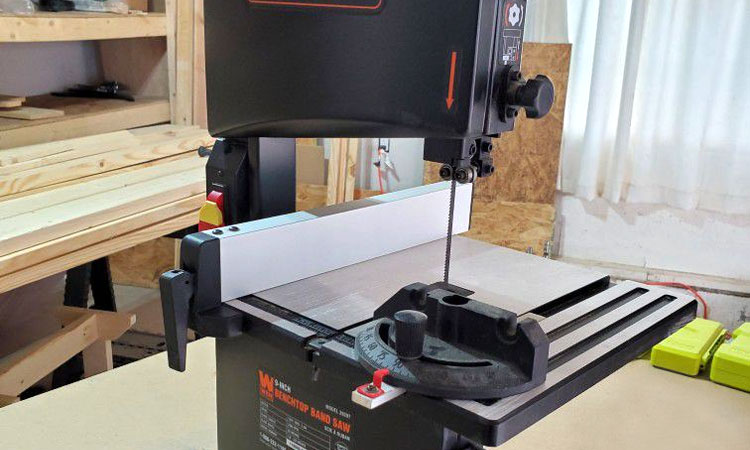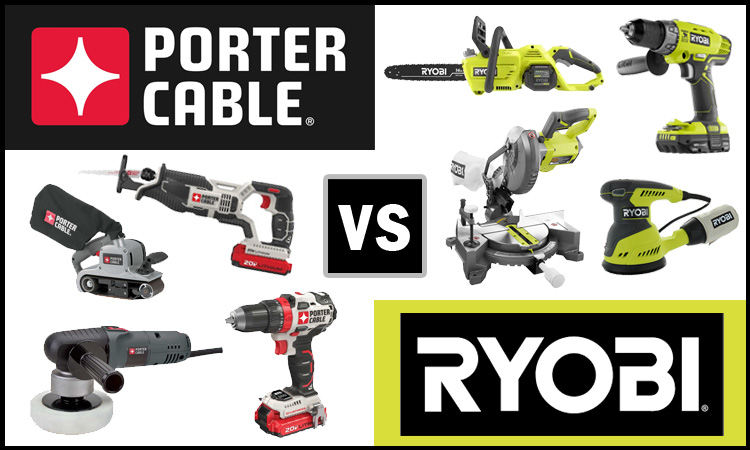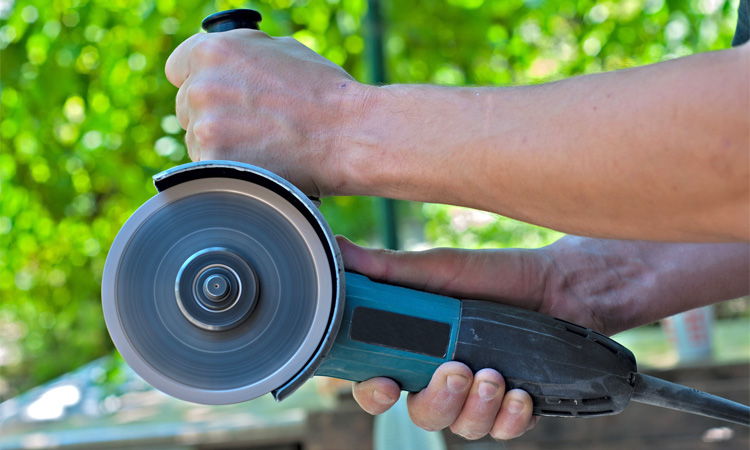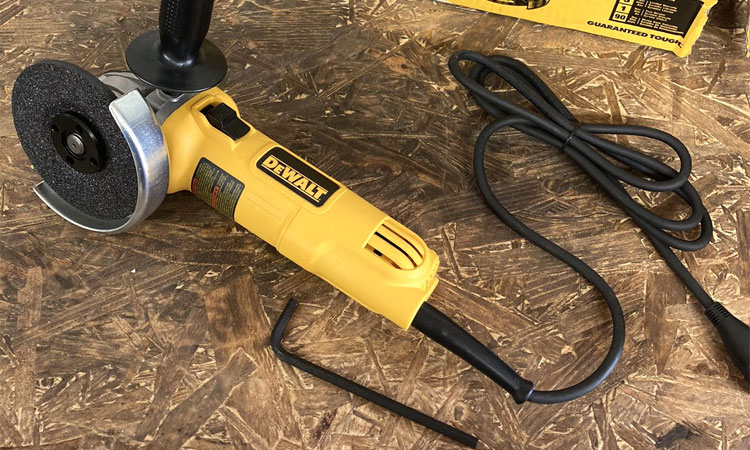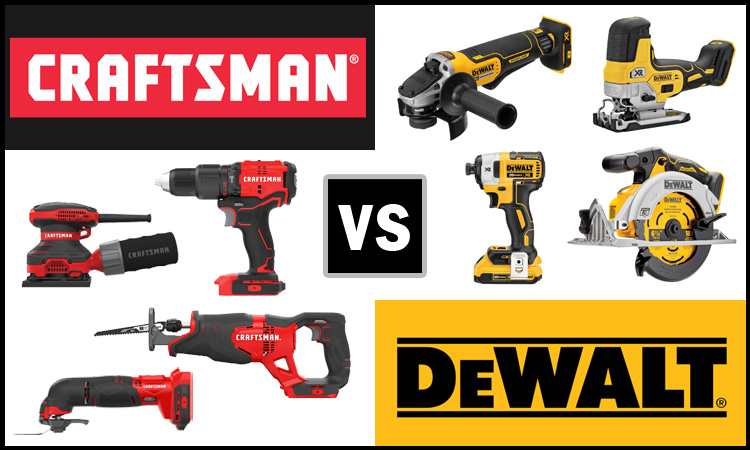Snap-On vs Milwaukee (Which is Better?)
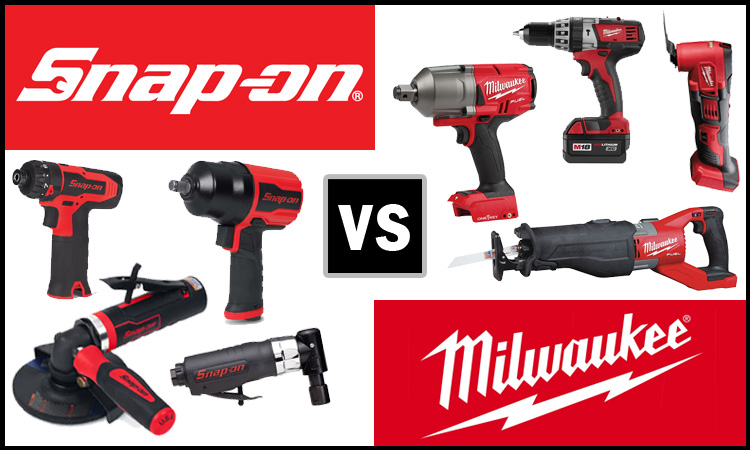
Throughout the years, there has been no shortage of premium tool brands gaining substantial popularity. However, this essentially serves as a double-edged sword of sorts.
While consumers are presented with a wide array of brands to choose from, this presents a certain amount of confusion in itself. This leads potential customers to compare multiple brands to one another for clarity.
Two brands that are often compared are Milwaukee and Snap-On, each of which is among the most premium of today’s tool manufacturers. This is especially true in the realm of portable, battery-operated power tools, which Milwaukee and Snap-On both offer on a widespread basis.
For this reason, we have composed the following guide, which serves as an identifier for key factors when deciding which brand to place your faith in. As such, you, the consumer, are provided with all of the necessary information to make an informed purchasing decision.
The following is a side-by-side comparison of Snap-On and Milwaukee, based upon a range of valuable criteria.
History
The Snap-On and Milwaukee tool companies have both been in existence for 100 years. During this time, both companies have strived to manufacture and market the highest quality tools to be found.
The following is a brief summary of Snap-On and Milwaukee’s rise to prominence within the ever-growing tool industry.
About Snap-On Tools
Snap-On’s history dates back approximately 100-years, to a time in which the American automotive market was expanding rapidly. This expansion presented a dire need for qualified mechanics that could repair the ever-growing number of automobiles on the road.
Luckily, a budding engineer, by the name of Joseph Johnson, was poised to provide a multitude of new hand tools to assist mechanics the world over.
Johnson, along with his co-worker William Seidemann, spent hours crafting handmade socket drivers, custom handles, and adaptors. This interchangeable socket wrench set, known for its effortless socket attachment, soon entered full-scale production, and Snap-On was officially born in 1920.
Then, in 1923, Joseph Johnson applied for a patent for the first ratcheting adaptor for use with an interchangeable socket wrench. This served as a ground-breaking advancement, essentially pioneering the design of the modern ratchet, as we know it today.
Later innovation included the introduction of one of the industry’s first torque wrenches, known as the “Torqometer”, and specialized “Flank-Drive” sockets.
Snap-On eventually moved its center of operation from Milwaukee to Kenosha, Wisconsin, where the company is still headquartered today. The manufacturer was also one of the world’s first to initiate aviation and railroad specific product lines, thereby widening its market presence.
Over the decades, Snap-on has expanded to open up a number of new development, production, and warehouse facilities across the United States. The company’s product line has also expanded to include a virtually limitless number of hand and power tools, all of which have been immensely popular among industrial repair professionals.
See Also: Snap-On vs Matco Tools
About Milwaukee Tools
With an inventive concept, American automotive industrialist Henry Ford sought out A.H. Petersen, a tooling maker, at the conclusion of World War I. He asked that Peterson attempt to create a portable and lightweight 1/4” drill. To fulfill his request, A.H. Petersen developed a 5-pound drill with a Westinghouse motor that was named the “Hole Shooter”.
After selling his bootlegging operation, Peterson became a partner with A.F. Siebert and established the Petersen Manufacturing Company. A fire at the company’s inception, however, destroyed much of its equipment and ultimately bankrupted it. However, after buying the firm’s remaining assets at auction in 1924, Siebert formed the Milwaukee Electric Tool Corporation officially.
The Milwaukee Electric tool company first focused on repairing tools that were already on the market. It was also a major objective for engineers at Milwaukee to improve the Hole Shooter’s durability. Engineers at Milwaukee put out much effort into achieving acceptable specification ratings from the government and by 1930, all Milwaukee tools had met United States Navy quality standards.
The Sawzall reciprocating saw, created by Milwaukee in 1951, was a game-changer. A slew of blades soon followed, giving the Sawzall even more uses. The ½” right-angle drill, which allowed tradespeople to work in confined spaces, was another important Milwaukee invention of the period.
Techtronic Industries Company purchased Milwaukee Tool in 2005 and now has about 1,000 staff worldwide. The company’s most well-known products are its industry-leading portable power tools, but it has recently expanded into the hand tool market.
Related: Milwaukee vs Porter-Cable Power Tools
Manufacturing
Many consumers take into consideration the origins of any product in which they are intending to invest their hard earned money. This is why many consumers wish to know more about the manufacturing processes of their favorite tool company.
The following is a brief description of Snap-On and Milwaukee’s current manufacturing practices.
Where Are Snap-On Tools Made?
Today, the vast majority of Snap-On tools are still manufactured in the United States, including those of both pneumatic and battery-operated nature. Likewise, Snap-On also produces its highly popular line of tool boxes on American soil.
However, it is worth mentioning that the company does operate a number of facilities in foreign countries, most of which produce specialty products.
The following are several of Snap-On’s most significant hubs of production.
- Murphy, North Carolina (Power Tools)
- Milwaukee, Wisconsin (Hand Tools)
- Algona, Iowa (Tool Boxes)
- Kenosha, Wisconsin (Diagnostic Tools/Scanners)
- Conway, Arkansas (Tire Changers/Balancers)
- Ireland (Gas Torches)
- China (Welding Helmets)
Read Also: Snap-On Versus Mac Tools
Where Are Milwaukee Tools Made?
Milwaukee Tools has its headquarters in Brookfield, Wisconsin but the company creates its products both domestically and internationally. The following cities house Milwaukee’s US manufacturing and distribution operations.
- Greenwood, Mississippi
- Olive Branch, Mississippi
- Jackson, Mississippi
- Kosciusko, Mississippi
- Mukwonago, Wisconsin
- Blytheville, Arkansas
The majority of Milwaukee’s overseas manufacturing operations are located in China and Europe. Most Milwaukee circular saws and cordless power drills are now produced in China.
Product Line
Snap-On and Milwaukee both offer a comprehensive lineup of specialty power tools, designed to handle most any task. In fact, a number of such offerings have even become favorites of dedicated tradesmen, over the years.
The following are several highlights from Snap-On and Milwaukee’s product catalogs.
Snap-On
Snap-On’s product line is virtually limitless in size, both in terms of power tools, and hand tools. The company currently offers two individual lines of industrial-grade power tools. The first of which is Snap-On’s 14.4V-series of power tools, while the latter is the manufacturer’s robust 18V power tool line.
The company’s 14.4V power tool line includes electric ratchets, die grinders, drills, cordless screwdrivers, and polishers. Meanwhile, Snap-On’s 18V line includes larger tools such as rivet guns, sanders, reciprocating saws, cut-off tools, grease guns, impact guns, and industrial-strength drills.
Also worthy of consideration is Snap-On’s lineup of specialty cordless power tools. Some of the most noteworthy of these products include shop lights, fans, inflators, speakers, and vacuums. Additionally, Snap-On expands its power tool inventory on a yearly basis, thereby diversifying its product catalog.
Those in search of premium hand tools will also find immense favor in those tools offered by Snap-On. The company offers hand tools of every perceivable type, including wrenches, ratchets, sockets, screwdrivers, pliers, hammers and pry bars. In addition, they also have various types of staplers, routers, and battery chargers such as 14.4 V Lithium Battery Charger, 14.4 and 18 V Dual Bay Charger, and others. Snap-On even offers tools for the aviation and railroad industries.
Milwaukee
Milwaukee’s vast line of portable power tools is intended for use by professionals and amateurs, as well as home improvement and automotive users. Milwaukee has always been dedicated to providing durable performance with each piece of equipment it creates. With next-level flexibility, Milwaukee’s portable power tools also come in a variety of power settings.
The M12 line of Milwaukee tools is perhaps the most well-known. These tools are intended to be powerful and long-lasting enough for professional as well as household usage. This little line of power tools is powered by 12V small Lithium-Ion batteries, which give improved runtime.
For those who need more power, Milwaukee offers its popular M18 line of portable power tools. The M18 family includes more than 200 power tools, including a variety of saws, grinders, and impact wrenches. Milwaukee also sells outdoor gear, fans, and lighting systems that are compatible with the M18 REDLITHIUM batteries.
Milwaukee began producing and marketing its own unique line of hand tools for professionals in 2010. The Milwaukee name has been expanded to include a collection of storage systems, job-site apparel, and other accessories.
Technology
Snap-On and Milwaukee have both served as innovators within the tool industry, constantly striving to produce the newest technology. This desire to forge a path all their own, has made it possible for Snap-On and Milwaukee to both stay competitive in the ever growing tool market.
The following are several of the most innovative technical systems pioneered by Snap-On and Milwaukee.
Snap-On
18V Technology
Snap-On’s line of 18V power tools is engineered to provide enough power to tackle even the toughest of jobs while retaining battery charge for much longer than most consumers would anticipate.
The specialty lithium-ion batteries used by Snap-On’s 18V power tools are constructed with durability in mind and charge at a rapid pace, keeping you on the job at hand.
Power-Integrated Tool Storage
Snap-On was among the first tool manufacturers to offer power-integrated tool storage that allowed consumers to charge their power tool batteries right from the deck of their tool boxes. This saves mechanics both time and effort, while also ensuring that one always has a spare battery or two at hand.
Some Snap-On tool boxes even feature built in charging drawers for added convenience.
Variable Trigger Technology
Most Snap-On impact drivers and drills come equipped with variable triggers, which allow users to precisely control the speed at which the tool in question actuates. This can prove extremely valuable when working in tight confines, or when attempting to be delicate with small or rusty fasteners.
Milwaukee
One Key App
One Key, a tool management software, debuted in 2015. This program was created to assist project and job site managers in increasing productivity while also reducing inventory management complexity.
Last known position, date, and time of equipment are automatically recorded using Bluetooth tags and barcodes when used with One Key. Many of Milwaukee’s job site tools are supported by One Key.
REDLITHIUM Batteries
Milwaukee REDLITHIUM batteries is meant to work harder and stay longer than any other portable power tool battery on the market. Lithium-ion cell technology was initially introduced by Milwaukee, which continues to lead the charge in innovation.
The high output batteries from Milwaukee have 50% more power and run cooler than standard cell batteries. These batteries are also protected by a water barrier that protects the battery’s electronics from moisture damage.
SHOCKWAVE Accessories
Milwaukee began producing power tool attachments designed specifically for impact drivers in 2009. Their impact driver bits have a specialized tip to enhance wear resistance and are heat-treated for 50 times bit life.
The SHOCKWAVE impact driver bits are recognized for their high-performance toughness on the most demanding work sites.
Warranty and Service
Warranty and customer service are both important factors when one is looking to make a substantial investment in tools. In fact, a tool is of little value, if not covered by a solid warranty that benefits the consumer.
The following is a summary of Snap-On and Milwaukee’s current warranty policies.
Snap-On
Snap-On is known for its unparalleled customer service, operating upon the principle that a consumer’s time is worth too much to waste tool shopping. This philosophy gave rise to the company’s mobile routes sales structure. While Snap-On tools can be ordered online, most are purchased from one of the company’s numerous mobile sales trucks.
Likewise, customers can warranty their damaged tools on any Snap-On tool truck in the country. This is especially convenient for those that use their tools for work, as no return trips to a retail store are required.
Simply turn in your damaged tool for a replacement on the spot, though in some cases a replacement tool must be ordered from one of the company’s numerous warehouses.
Snap-On hand tools generally carry a lifetime warranty, if they are purchased through an approved supply channel. In general, this means that a Snap-On hand tool must be purchased from a mobile tool truck or from the company’s online sales front to come backed with such a warranty. This coverage protects consumers against material or workmanship-related defects.
Snap-On power tool warranties vary, though most base warranties are extended for a period of 12-months following purchase. Along the same lines, most Snap-On lithium-ion battery packs are covered for a period of 12-months in total.
This warranty covers defects in workmanship and manufacturing materials, though abuse of any type is not warranted.
Milwaukee
Milwaukee tools are registered and warranted from the date of purchase. The majority of Milwaukee portable power equipment comes with a 5-year limited guarantee, which states that Milwaukee power equipment will be free of faults in materials and workmanship for 5 years from the date of purchase.
The warranty gives you a year to return the item for repair or replacement if it is found to be defective. This warranty does not cover normal wear and tear issues. If individuals who are not authorized by Milwaukee try to modify or repair the instrument, this warranty will also be considered void.
A few Milwaukee power tools are not covered by the standard 5-year limited warranty. Those devices will be protected by a separate warranty, as stated above. The 3-year warranty covers heat guns, dust Extractors, M18 framing nailers, and random orbital polishers. Milwaukee High Torque wrenches and REDLITHIUM USB Laser Levels are guaranteed for two years after purchase.
And The Winner Is…
It is difficult to imagine being unhappy with the purchase of any tool from Snap-On or Milwaukee. Both of these two brands have been mainstays within the domestic tool industry for quite some time, and produce first-class, premium tools of every perceivable variety. However, we must choose only a single winner in this side-by-side brand comparison.
After careful consideration, we believe that Milwaukee carries a slight advantage over Snap-On, especially in terms of power tool production and value for the money. For hand tools, Snap-On gets the edge for its unparalleled quality.
While both of these companies produce extremely durable power tools, Snap-On simply cannot match Milwaukee’s industry-leading warranty.
Milwaukee offers a comprehensive 5-year warranty with all power tool purchases, as well as a 3-year warranty policy on all batteries. This is in direct comparison to Snap-On’s standard 1-year tool/battery warranty policy, which tends to be relatively equivalent to today’s industry standard.
For this reason, we feel that Milwaukee definitely has a lot to offer today’s consumers.


